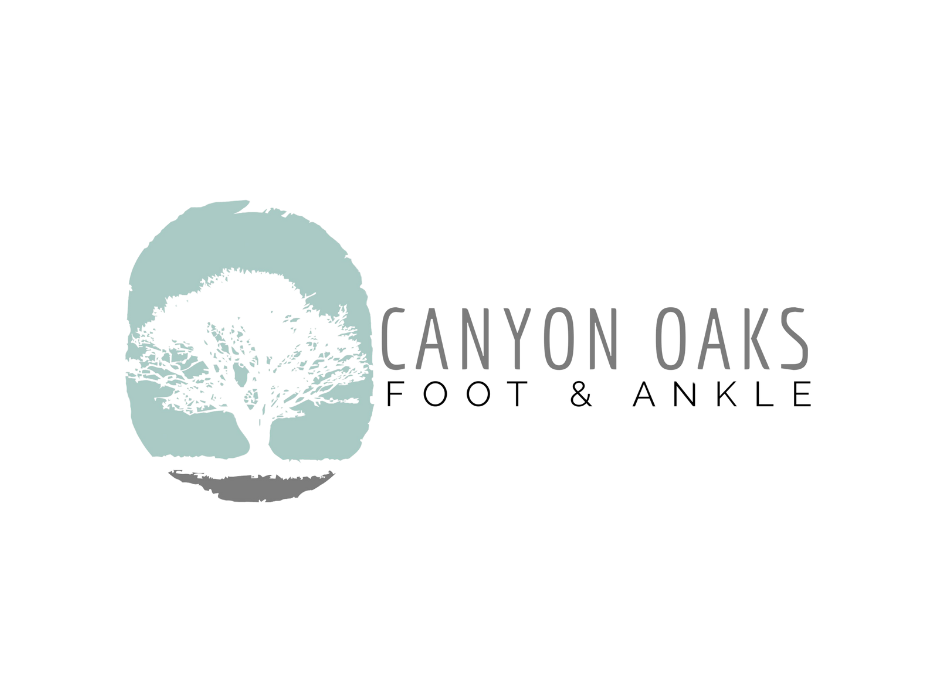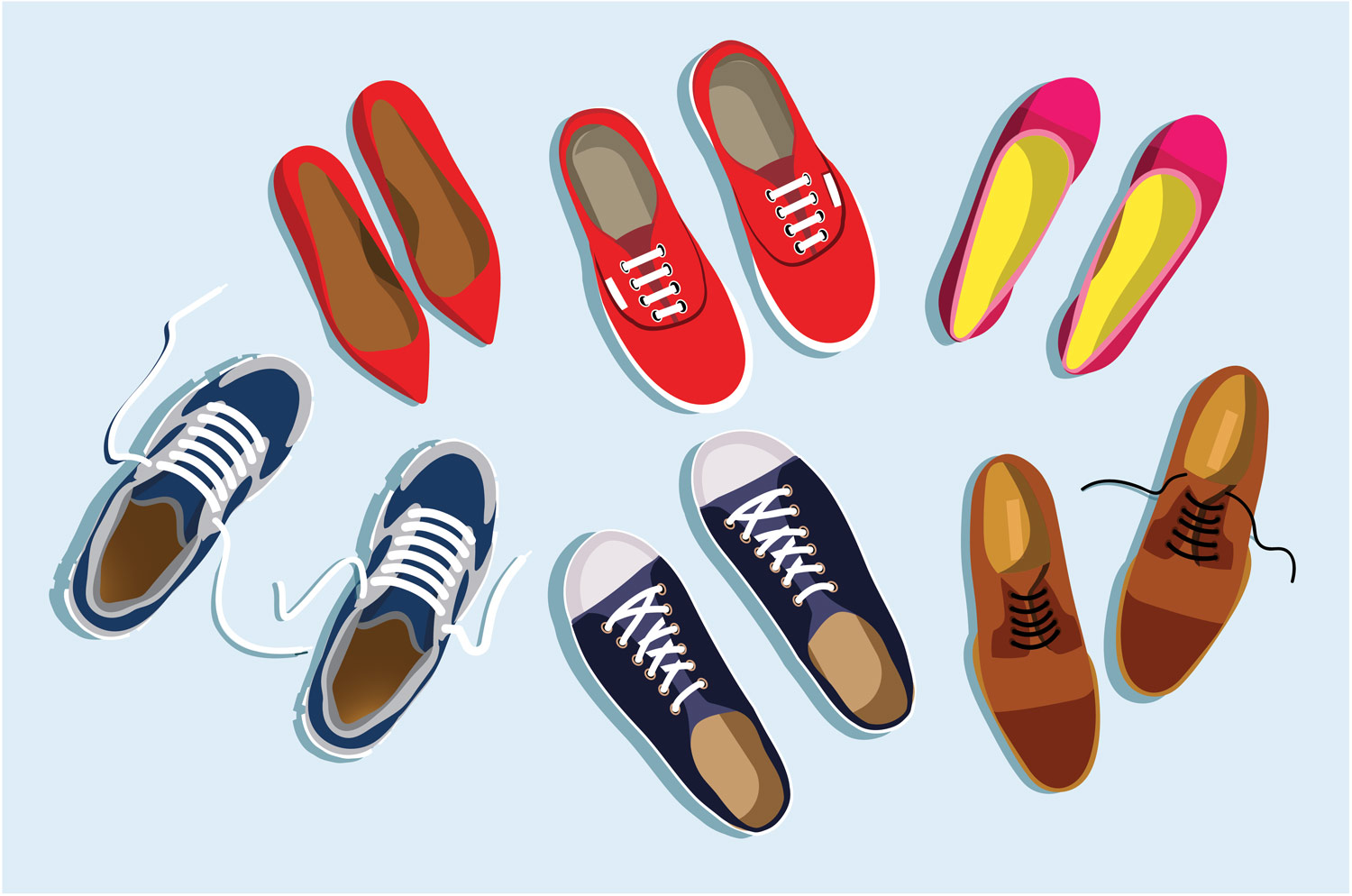In the same way that a house relies on its foundations to give it structure and support, your feet have been given the task to carry a load of your entire body. Our daily footwear helps to protect our feet and make sure that they are supporting our weight comfortably. However, shoes that are ill-fitting or non-supportive can create pain and countless other complications, not only in your feet but all over the body.
Types of Bad Shoes
Flat Shoes
Shoes such as ballet flats, sandals, or skateboarding shoes provide little to no support for the arches of your feet. Prolonged use of this type of footwear can cause pain and severe problems that affect your whole body.
When your shoes fail to distribute even pressure to your arches adequately, the tendons, muscles, and joints have to overcompensate to make up for it. This can result in sore, aching feet, and complications that can even work their way up to the legs and back, causing issues with posture and balance.
Ill-Fitting Shoes
Contrary to what shoe manufacturers may say, there is no “one size fits all” style of shoe. Feet come in all sorts of different lengths, widths, and heights. So there is much more to finding the proper shoe than just choosing a pair of the “correct” size. Two people may wear both wear a size 9, but their feet could significantly differ in terms of width. What could be a comfortable shoe for the first individual could generate pain and discomfort in the next. Here are a few problems that can result from wearing ill-fitting footwear.
- Heel fissures (cracked heels)
- Foot deformities such as callouses, hammertoes, bunions
- Neuropathy
- Ingrown toenails
Properly fitting shoes will last longer, feel more comfortable, and help prevent painful foot complications down the road.
Improper Training Shoes
When exercising, proper footwear is essential. The weight and stress that your feet normally manage are multiplied exponentially during activities such as running or weight lifting. Unfortunately, almost everyone in your local gym is probably wearing the wrong type of shoe.
For a long time running and training, shoes have been used interchangeably. While they do share many similarities, they are very different in terms of design and construction.
Running shoes are made with linear, heal-to-toe movement in mind. Soles are often much thicker towards the heel area of these shoes in order to absorb the impact of running or jogging.
Training shoes, on the other hand, are designed for multi-directional movement, so their soles are generally flatter, giving better balance and traction during weight lifting and side to side motions.
While exercising, the wrong type of footwear can wreak havoc on your feet. If you need help deciding on the right shoe for your fitness needs, check out our guide on The Importance of Proper Footwear for Exercise.
We Can Help You
If you are concerned about the health of your feet or you have questions regarding the best type of footwear for you, please don’t hesitate to reach out to us. At Canyon Oaks Foot and Ankle, we are devoted to providing the very best podiatric care to the Central Valley area. Take the next step and contact us today.

